- -20%
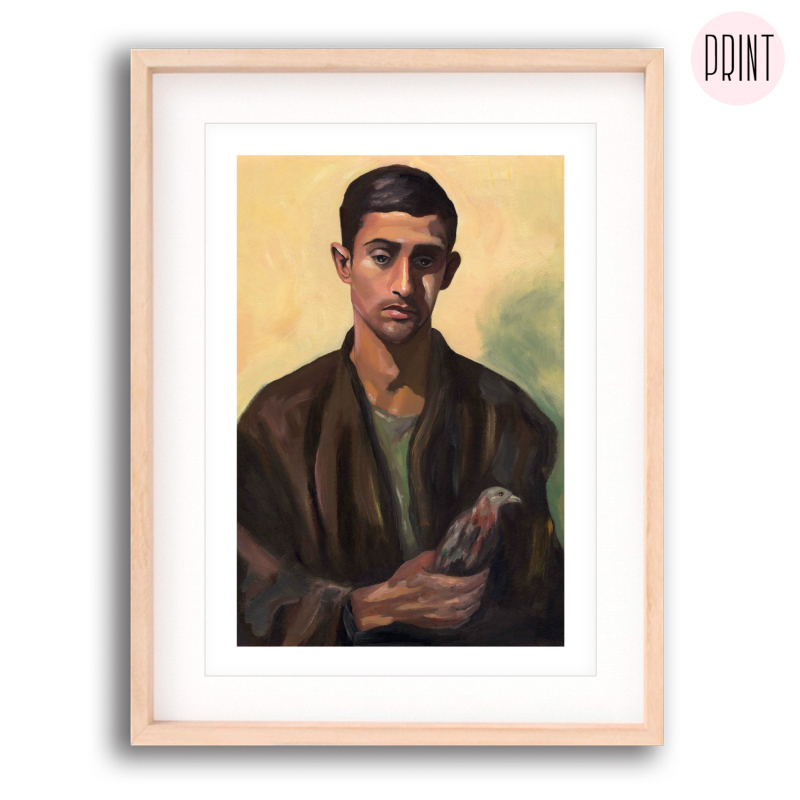







It is usually prepared in less than 7 working days, and sent door to door in service 48h for Spain.
Shipping worldwide (around 5 working days).
The author reserves the right to produce a printed edition.
In this work, the man stands motionless, his hieratic posture a statement of restraint and resistance. In his hand, a trapped bird, which he grasps firmly, as if holding a desire he is unwilling to let go. The tension of his fingers, rigid, conveys the desperation of one who fears losing what he has, even if he cannot give it freedom. Every fiber of his body reflects the contradiction: a desire to fly, to free himself, but clinging to what could offer him the only security, however illusory.
The flight he longs for never materializes. The man remains stationary, in a stillness that reflects the frustration of one who is stuck in his own strength. The bird he firmly grasps seems a metaphor for the dreams held back, for those desires that, although it is no longer known if they will really bring peace, do not want to let go.
Sometimes, it is better to let fly, than to hold on. The force of holding on may give the false sense of control, but it often becomes an invisible shackle. There is no greater harm than that which one causes oneself when one refuses to let go, when the hope of holding on to something, even out of fear, crushes the very desire one seeks to achieve.
Man is alone, but not in a dramatic way. Loneliness is not the absence of others, but the distance that exists between what one wants to be and what one really is. It is a loneliness that is not escaped, but rather that is accommodated, that is accepted.
And, in all this, the image is filled with a subtle lack of love. It is not the absence of love that weighs heavily, but the impossibility of finding it in a way that is true, that does not depend on external expectations or on what one thinks it should be. Man seems to have let go, but at the same time, he is still searching for something he does not know how to define.
Specific References
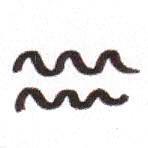 |
The sea: Infinite place of calm, love, perfection, home. |
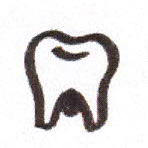 |
Teeth: Pain, loss, fear. |
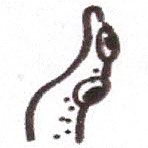 |
Tentacle: Attempt to reach, to contain, to trap. |
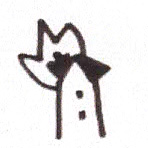 |
Houses in flames: The home that has been left behind and to which we can never return. Burning the past. To forget. Sometimes it burns and disappears, sometimes it is engulfed by the sea. |
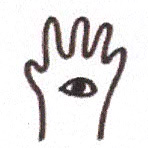 |
Hand with open eye: Hope, saved from shipwreck. |
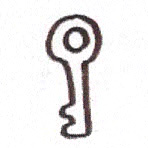 |
Key at the bottom of the sea: Secrets. |
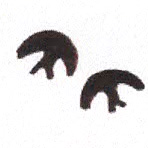 |
Couple of swifts: Love, dependence, union, couple. |
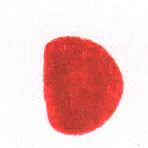 |
Big ears: Proof that the character is undoubtedly a good person. A child with big ears has to learn to be a good person to survive. |
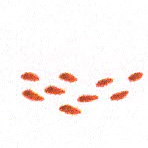 |
Marks under the eyes: Sadness, dark circles under the eyes, sleepless nights. |
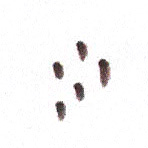 |
Neck marks: Beard, maturity, masculinity. |
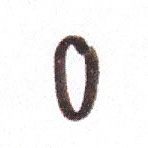 |
Circle in the throat: Anguish, choking, lump in the throat. |
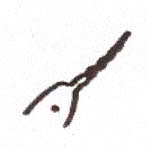 |
Narwhals: Narwhals cannot be kissed. |
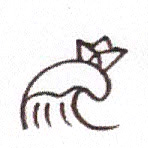 |
Shipwreck: The frustration of unrequited love. |
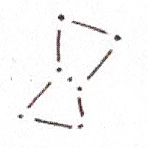 |
Constellations: A guide to understanding the incomprehensible. Many of the constellations are random, but they surely exist somewhere in some world. |
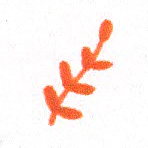 |
Red plant: Emotions trying to escape. This plant, Man's Love (Tradescantia) grows everywhere, especially in the cracks between the rocks. The body is the rock, the heart a crack, and from there grow the feelings that try to escape and grow towards the infinite, in search of that which we all long for. |
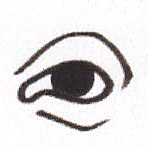 |
Deformed, blurred eye: Reference to the artist's visual impairment. Fear of blindness. Single point of view. |

